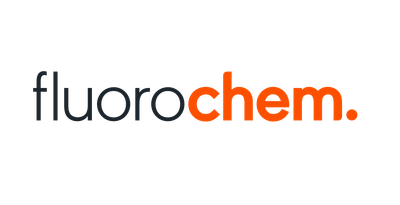DC-Platten ROTIChromaplate, Poly 60 UV 4x8 cm, 40 Stück
Optimale hechting van silicagel aan de plaat door gebruik te maken van een zeer resistent bindmiddel op basis van polymeren (bestand tegen water en organische oplosmiddelen en vervende reagentia).
- Specifiek oppervlak: ca. 500 m2/g
- Middelgrote poriënbreedte: 60 Å
- Specifiek poriënvolume: 0,75 ml/g
- Deeltjesgrootte: 5-17 µm
- Reproduceer goede afscheidingsprestaties door volledige bevochtigbaarheid met organische en waterige oplosmiddelen.
- Mechanisch snijden zonder scheurtjes of afschilfering van silicagel.
U vindt nog meer aantrekkelijke aanbiedingen om uw chromatografielaboratorium te vervolledigen op onze Chromatografie pagina!
DLC-plaatjes ROTI®ChromaPlate Poly 60 UV
| Plaatformaat | 4 x 8 cm |
| Laagdikte | 0.2 mm |
| Verpakking | |
| Materiaal | polyester |
| Wijziging | Unmodified silica gel (SiOH) |
| Fluorescentie-indicator | ja |
| Scheidingsprincipe | Normal phase (NP) |
| Partikel grootte | 5-17 µm |
| Partikel soort | Fully porous particles (FPP) |
| Poriëngr. | 60 Å |
| Poriënvolume | 0.75 ml/g |
| pH-stabiliteit | 2,0-8,0 |
| Temperatuurstabiliteit | <185 °C |
U vindt nog meer aantrekkelijke aanbiedingen om uw chromatografielaboratorium te vervolledigen op onze Chromatografie pagina!
Although the principle of thin-layer chromatography is more than a century old, it did not make its breakthrough as an analytical method until about 50 years ago.
Thanks to the development of new sorbents and supports, as well as increasing instrumentation and automation, TLC has become a versatile separation method. It is used both in qualitative analysis and in quantitative analysis.
Applications range from simple manual separation processes in classic TLC to automated processes in HPTLC (high performance thin layer chromatography).
Advantages of thin layer chromatography:
- Higher sample throughput in less time
- Suitable for screening tests
- Pilot process for HPLC
- The ready-to-use TLC layer functions as a data storage device for separation results
- The separated substances can be used later for further analysis (e.g. IR, MS)
- By switching the mobile and the stationary phases, the separation process can be optimised quickly and cost-efficient
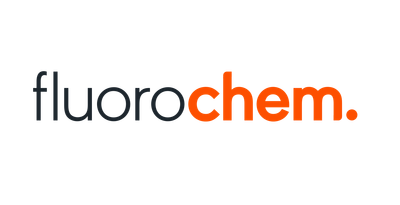
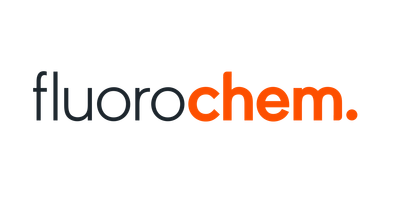
![2-Methylbenzo[d]oxazol-6-ol, 95.0%, 250mg 2-Methylbenzo[d]oxazol-6-ol, 95.0%, 250mg](https://d2j6dbq0eux0bg.cloudfront.net/images/88473019/4860020382.png)
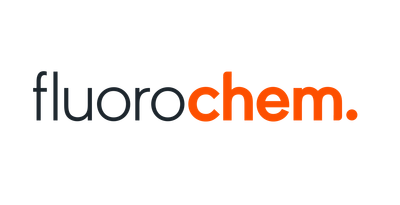
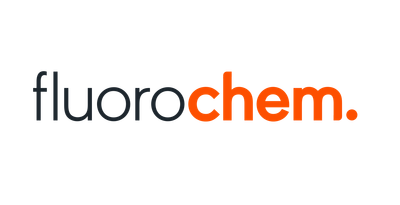
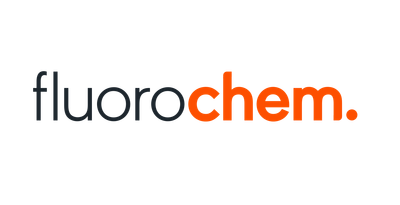
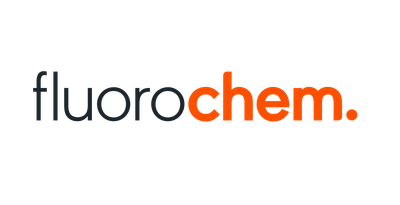
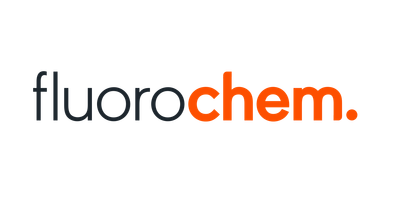
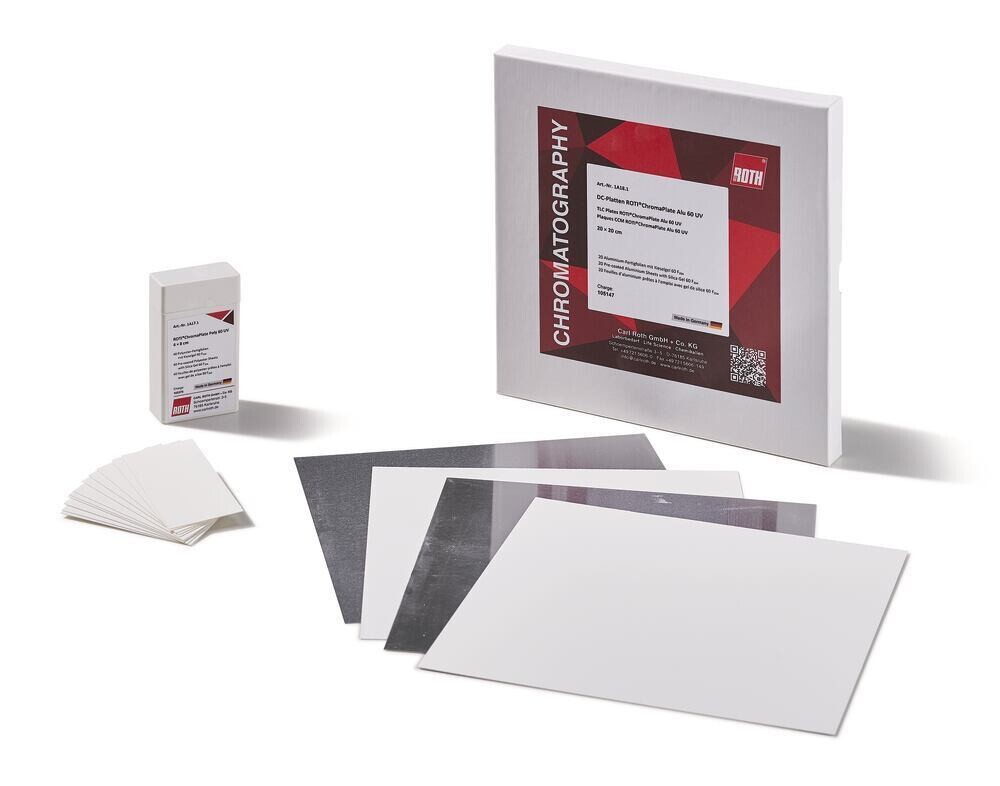
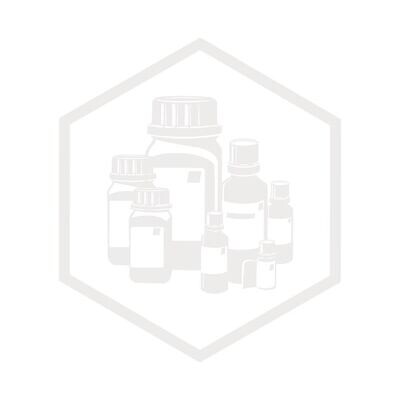
![{[(4-Fluorophenyl)sulfonyl]amino}acetic acid, 97.0%, 1g {[(4-Fluorophenyl)sulfonyl]amino}acetic acid, 97.0%, 1g](https://d2j6dbq0eux0bg.cloudfront.net/images/88473019/4856243412.png)
![4-{2,6-diethenylpyrrolo[2,1-f][1,2,4]triazin-4-yl}morpholine, 95.0%, 500mg 4-{2,6-diethenylpyrrolo[2,1-f][1,2,4]triazin-4-yl}morpholine, 95.0%, 500mg](https://d2j6dbq0eux0bg.cloudfront.net/images/88473019/4863518881.png)
